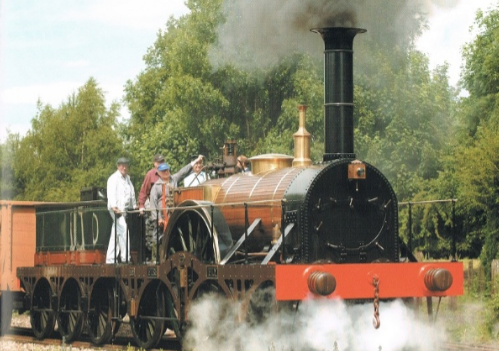
- This event has passed.
The ABC of the GWR
July 28, 2017,7:30 pm
£2 – £5
In a change to the planned programme, Michael Rumsey will now present ‘the ABC of the GWR’.
The letters ABC stand for the following:
A = Reverends Vere Awdry and Wilbert Awdry
B = Brunel, Box, Bathford, Bathampton, Bath and one photo taken at Bristol Temple Meads taken in 1892.
C = Corsham & Chippenham
Members £2, non-members £5. Ticket includes free tea or coffee or £1 off a glass of wine.